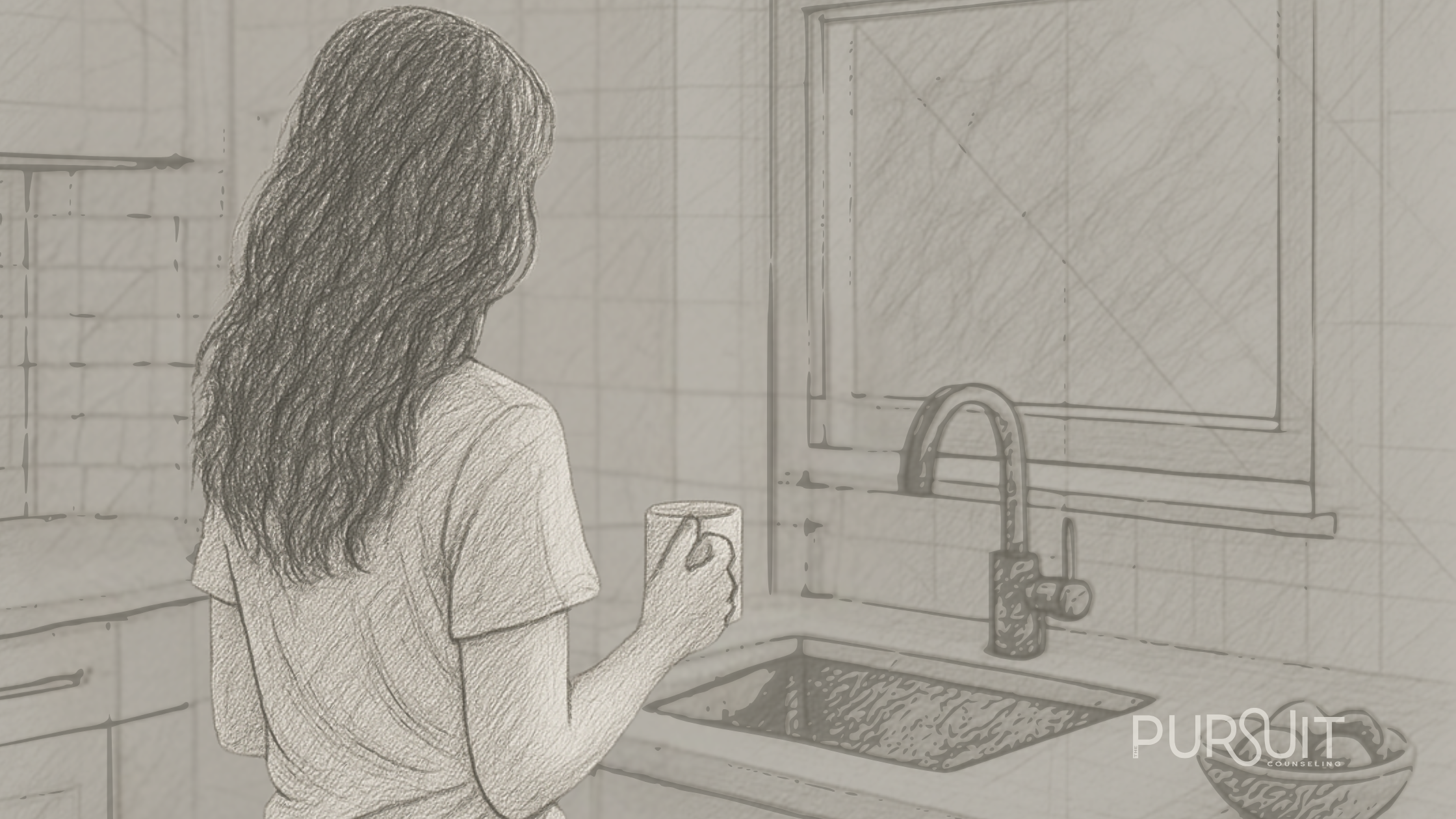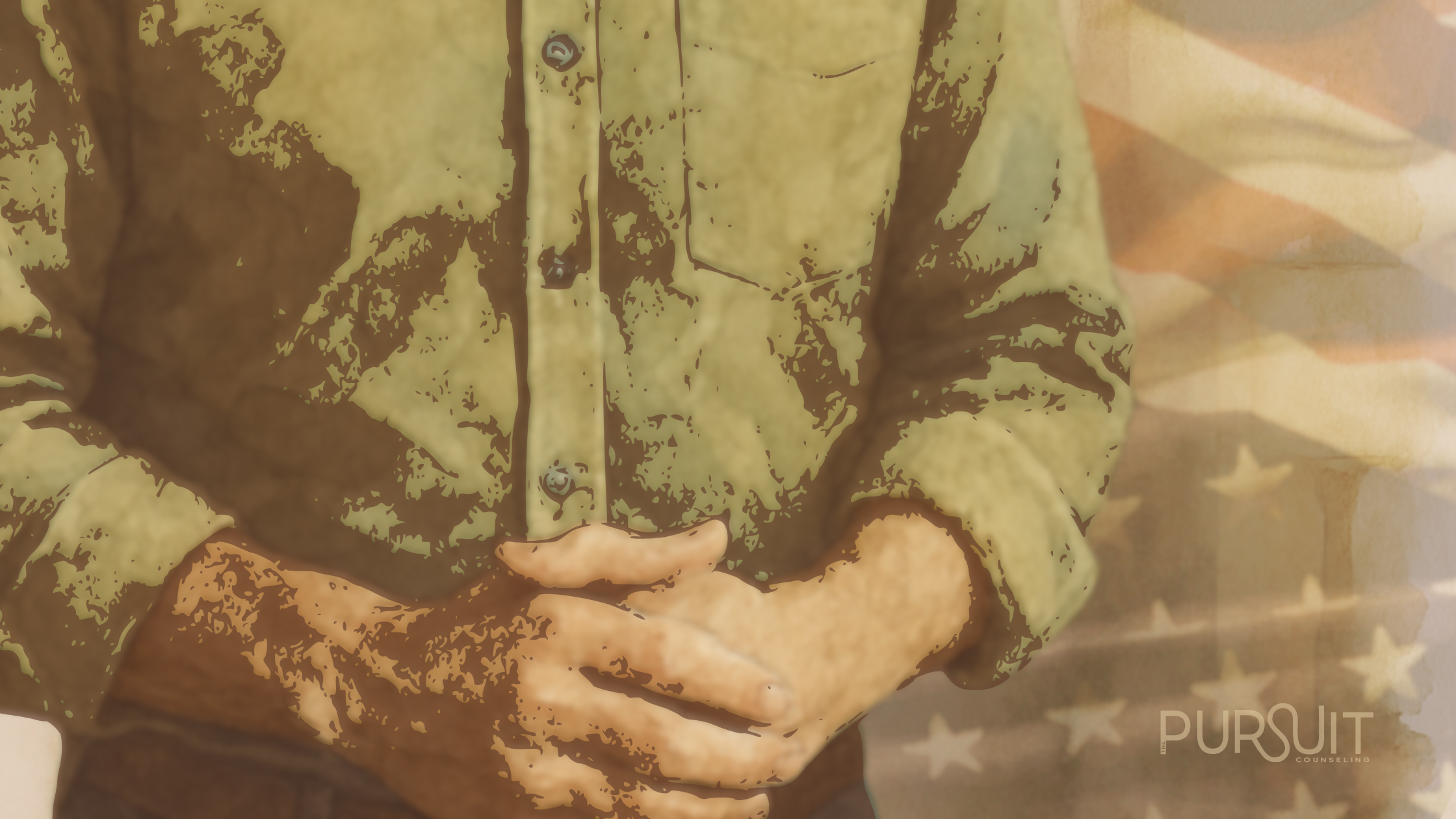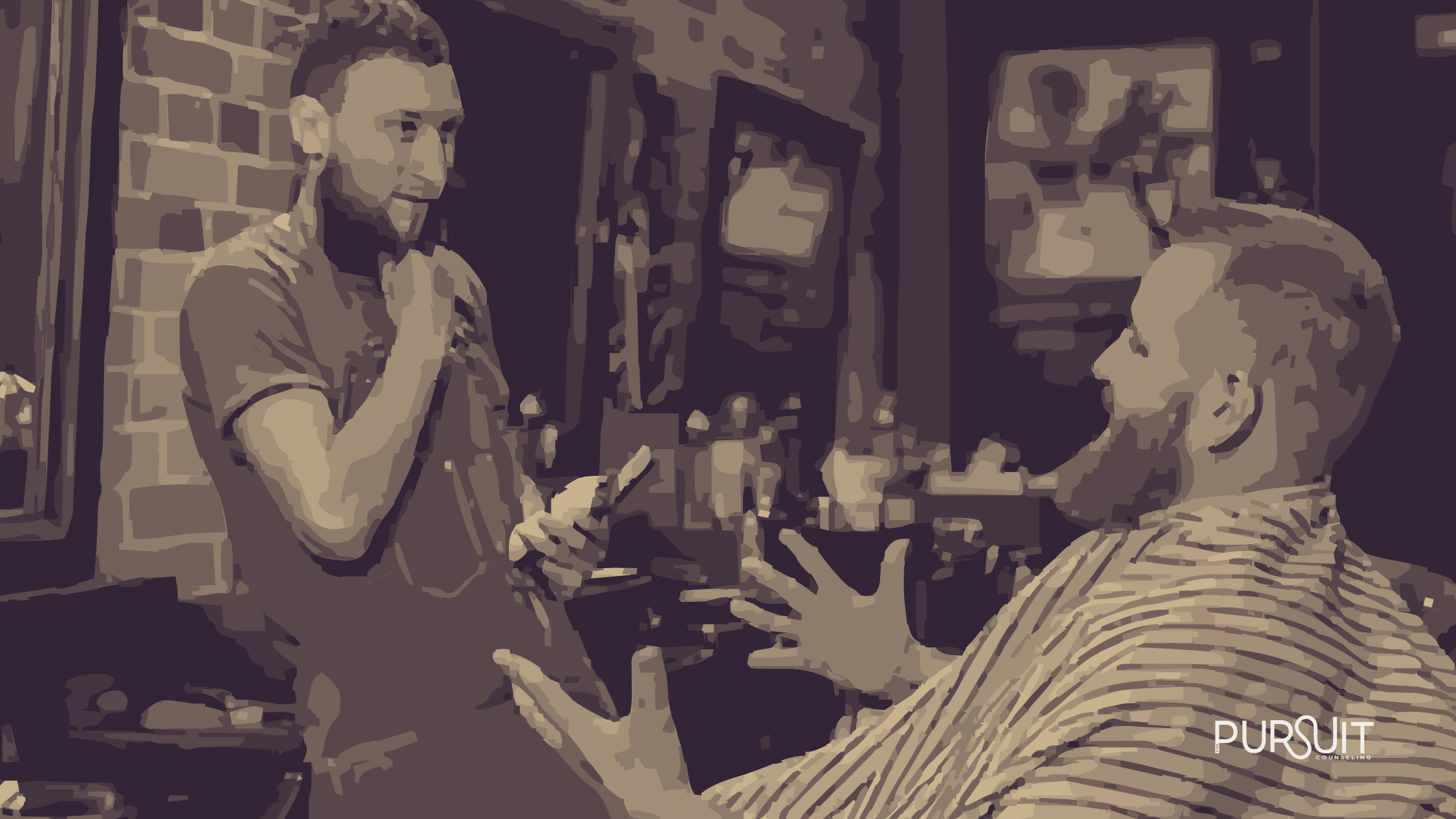Anxiety can creep into your life slowly, until it feels like a constant weight pressing down on your mind and body. It’s more than just the occasional stress or worry—anxiety can impact your daily life, relationships, and overall sense of well-being. If you’re wondering whether anxiety is playing a role in your life, it’s important to take a step back and assess how you’re feeling, both physically and emotionally.
How to Self-Assess for Anxiety: Identifying Symptoms and Seeking Support

In this blog, we’ll walk through common symptoms of anxiety, how to self-assess if you may be experiencing it, and share the story of someone who worked with a therapist to manage their anxiety.
Common Symptoms of Anxiety
Anxiety can show up in many ways. It often doesn’t look the same from person to person, but there are some common signs that can help you determine whether anxiety is affecting your mental health. If you find that several of the following symptoms describe your experience, it may be time to reach out for help.
- Constant Worry or Overthinking
One of the hallmark signs of anxiety is an overwhelming sense of worry. This can manifest as racing thoughts or persistent fears that something bad will happen. You may find yourself thinking about potential problems, even in situations that aren’t particularly threatening. - Physical Symptoms
Anxiety isn’t just in the mind—it often shows up in the body as well. You might experience headaches, muscle tension, stomach issues, or a racing heartbeat. People with anxiety often report feeling “on edge,” as if their body is in a constant state of readiness. - Difficulty Concentrating or Focusing
Anxiety can make it difficult to concentrate or focus on tasks. Your mind may feel scattered, or you might find it hard to stay in the moment because you’re preoccupied with worries or fears. - Restlessness or Feeling “On Edge”
Many people with anxiety describe a feeling of restlessness, like they can’t relax or sit still. This constant state of unease can make it difficult to enjoy downtime or restful activities. - Sleep Problems
Anxiety often interferes with sleep. You might have trouble falling asleep because your mind is racing, or you may wake up in the middle of the night with worry. Even if you get a full night’s sleep, you might still feel exhausted. - Irritability
Feeling irritable or short-tempered is another common symptom of anxiety. You might find that small things easily upset or frustrate you, and it’s harder to regulate your emotions in stressful situations. - Avoidance of Certain Situations
Sometimes, anxiety leads to avoidance. You may find yourself steering clear of places, people, or events that trigger your worry. Avoidance may provide temporary relief, but it can also limit your ability to engage in meaningful activities or relationships. - Panic Attacks
In more severe cases, anxiety can manifest as panic attacks. These are intense episodes of fear that come on suddenly, often accompanied by physical symptoms like shortness of breath, chest pain, dizziness, or a sense of impending doom.
A Story of Healing: Overcoming Anxiety with Therapy
Let’s take a look at how therapy helped one person identify and manage their anxiety.
Emma’s Story
Emma had always been a high achiever, excelling in her career and taking on new challenges with enthusiasm. But over time, she began to notice changes in her mood and behavior. At first, it was small things—she’d feel unusually tense before meetings or struggle to unwind after work. Then, she started worrying about every little detail of her job, even when things were going well. Her sleep suffered, and she felt exhausted all the time.
Emma tried to shake it off, telling herself she just needed a vacation or a few good nights of rest. But even after time off, the constant worry didn’t go away. She found herself avoiding social events because she was too drained to participate. Her relationships began to suffer, and she noticed she was more irritable with her friends and family, snapping at them over things that never used to bother her.
Eventually, Emma decided to seek help from a therapist. During her first session, she opened up about her persistent worry, the tension in her body, and her difficulty sleeping. The therapist gently explained that Emma was experiencing anxiety and walked her through some of the common symptoms. Emma was surprised to learn that her physical symptoms—like the headaches and muscle tension—were tied to her anxiety. She had always thought of anxiety as purely mental but hadn’t realized the connection to her body.
Over the next several months, Emma worked with her therapist to better understand the root of her anxiety. Together, they identified some of the triggers, like her high expectations at work and the pressure she placed on herself to always be perfect. Her therapist introduced her to mindfulness techniques that helped her stay present, rather than getting lost in spiraling thoughts about the future. They also practiced cognitive-behavioral strategies, where Emma learned to challenge the negative, anxious thoughts that often felt overwhelming.
For example, when Emma would worry excessively about a mistake at work, her therapist helped her break down the thought process. Instead of allowing the fear to take over, she began asking herself questions like, “What’s the worst that could happen?” and “Is this worry realistic, or is it my anxiety talking?” Over time, Emma learned how to reframe her thoughts in a way that made them feel less catastrophic.
Emma also began making small lifestyle changes that supported her mental health. She established a regular sleep routine, practiced deep-breathing exercises, and set aside time for activities she enjoyed but had been avoiding, like reading and hiking. As Emma’s anxiety became more manageable, her relationships improved, and she began feeling more engaged at work and with her loved ones.
Therapy didn’t eliminate Emma’s anxiety completely, but it gave her the tools to manage it effectively. Now, when she feels the familiar sense of worry creeping in, she’s able to recognize it for what it is—anxiety—and take steps to cope with it before it becomes overwhelming.
Self-Assessing for Anxiety: What’s Next?
If you find yourself identifying with Emma’s story or the list of anxiety symptoms above, it may be time to take the next step toward addressing your anxiety. Start by paying attention to your thoughts, feelings, and behaviors. Are you constantly worried? Do you avoid situations that make you anxious? Are you struggling with sleep or feeling restless all the time?
Recognizing these symptoms is the first step, but you don’t have to go through this alone. Anxiety is highly treatable with the right support, and working with a therapist can help you develop healthy coping mechanisms and strategies for managing the stress and worry that come with anxiety.
At The Pursuit Counseling, we’re here to help you navigate the challenges of anxiety, so you can regain a sense of peace and balance in your life. You deserve to live with clarity and calm, and we’re here to walk with you on that journey.
At The Pursuit, a group of experienced therapists have come together to offer best-in-class counseling services. We prioritize clinical theory, non-judgmental approaches, and effective interventions, treatment plans, and coping skills. We have therapists who specialize in different areas and we strive to find the best match for your unique needs. Are you ready to take the first step in your Pursuit towards a happier, healthier you? We invite you to book your free 20-minute consultation with one of our skilled therapists. Don’t wait; it’s time to invest in your well-being. Simply Book Now to start your Pursuit toward personal growth and positive change today. Keep reading if you want to learn more about Anxiety Therapy.




